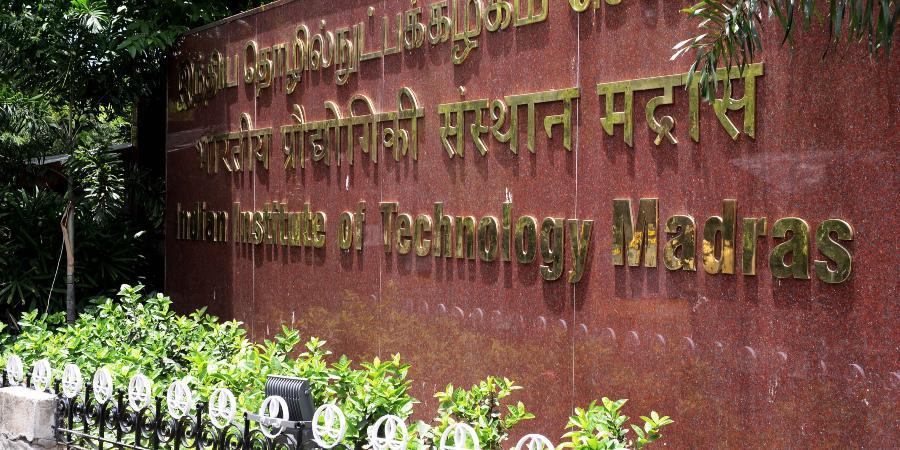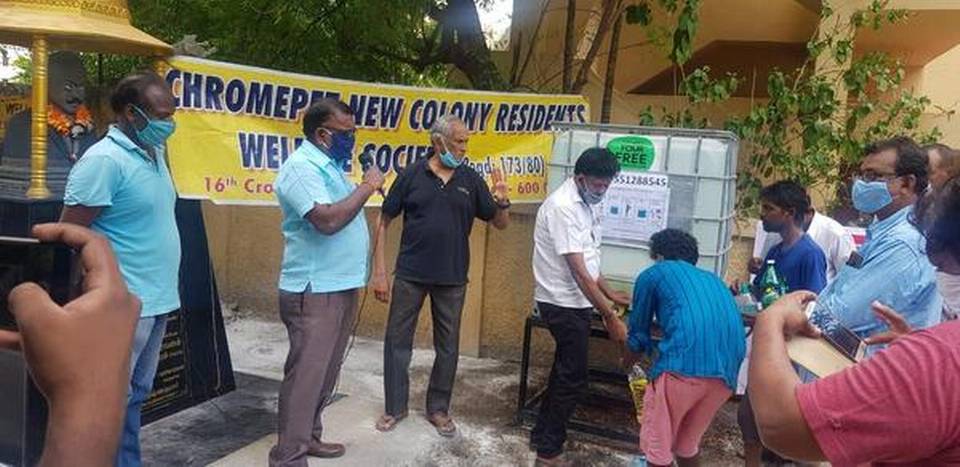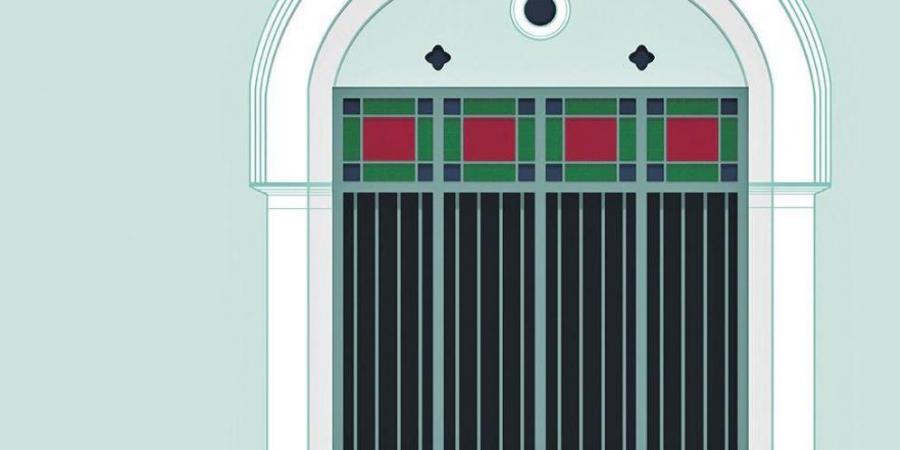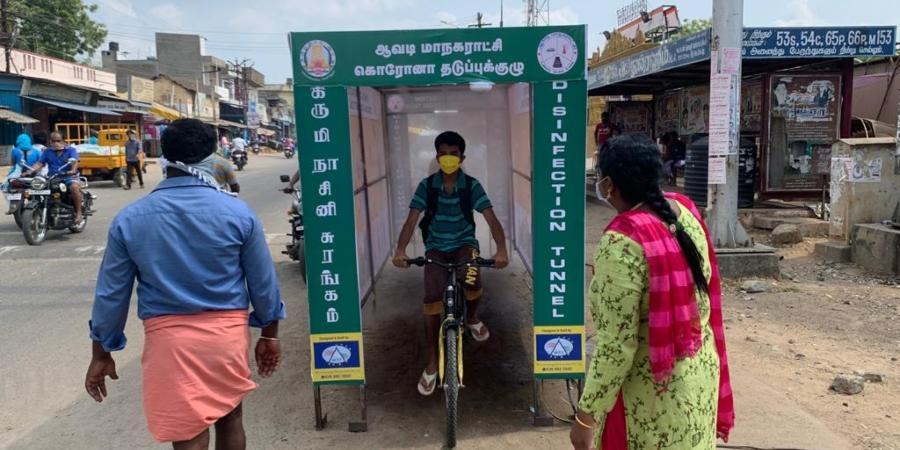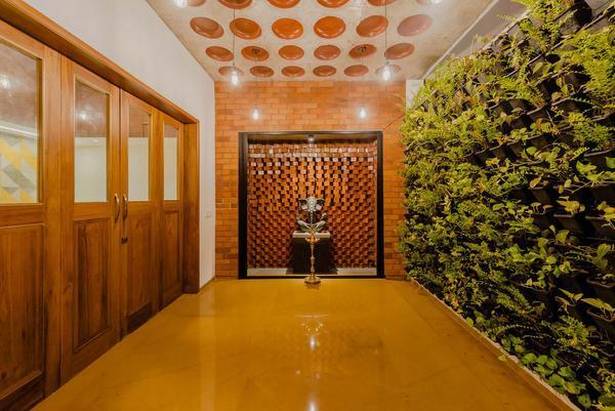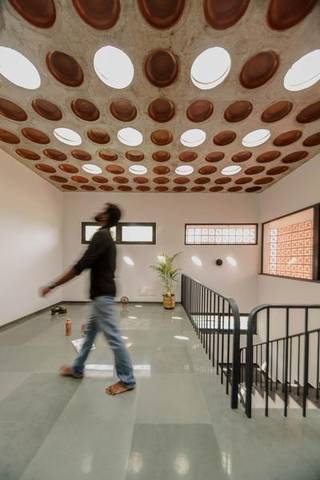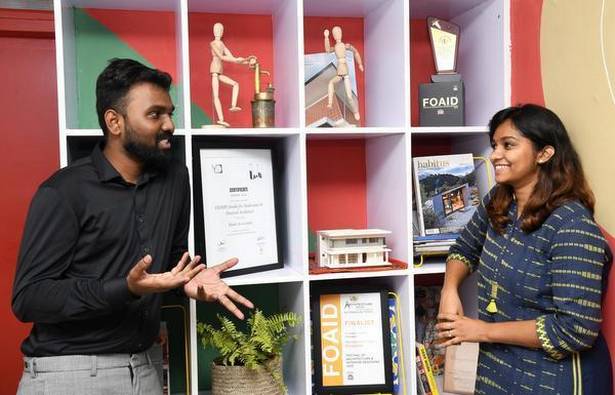There is more to Harrington Road than restaurants, concrete buildings and bustling traffic. Writer Sudha Umashanker unveils some secrets.
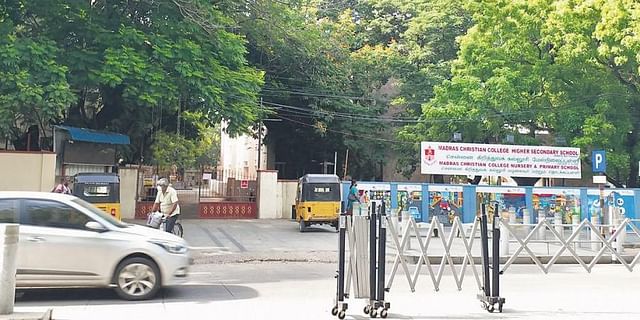
Chennai :
It’s been 40 years since writer-storyteller Sudha Umashanker moved from her father’s house on Marshalls Road to Harrington Road. Recounting her early memories of the neighbourhood, she shared, “I vividly remember the beautiful, long road lined up with tall trees on both sides. Apart from Madras Christian College Higher Secondary School, Chetpet railway gate and a small departmental-cum-stationery store called Hansa, the area was almost empty, and dotted with a few bungalows and villas.”
Over the years, shopping complexes, supermarkets, apartments, restaurants and educational institutions have mushroomed in the locality. Even as the area’s landscape has drastically evolved, the long-time resident took Madras Month celebrations as an opportunity to trace the history of the neighbourhood’s landmarks, as part of a virtual walk for the Madras Literary Society.
So, how did the road derive its name from William Harrington, a civil servant from the 1770s to 1790s? “Late historian S Muthiah wrote in one of his columns that William Harrington was given ten acres south of the Spur Tank.”
The many treasures
Considered as one of the greenest localities in Chennai, Harrington Road houses many service organisations that continue to do remarkable community work to date. Little Sisters of the Poor is one such. “It was founded by Jeanne Jugan, a French nun. The organisation, started in France, is currently spread across 100 countries. They came to Harrington Road in the 1930s after receiving a three and a half-acre facility from a landlord. They have 100 inmates. Plenty of patrons are contributing to keep their work going,” she shared.
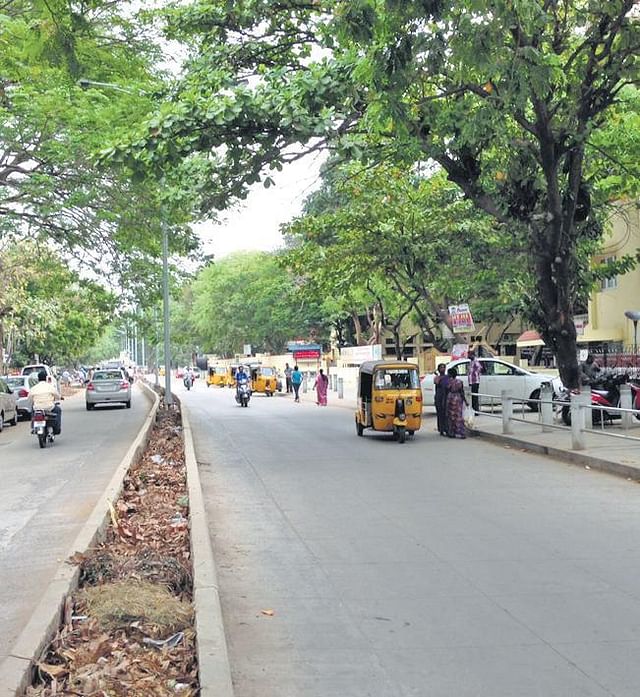
A few metres down the lane is another well-known service organisation called The Madras Seva Sadan. It was a women’s service centre run by the Women’s India Association that had prominent female members such as Margret cousins, Annie Besant and Muthu Lakshmi Reddy. When the Margret cousins had to leave, they proposed that Pune Seva Sadan take over the organisation by offering Rs 750, but they refused to. Soon after, the organisation was bought by Mutha Subbarao for a princely sum of Rs 10,000. “He acquired the Shenstone Park building in 1928 and that’s when the organisation moved to Harrington Road. Along with wife Lady Andal, the couple rehabilitated many women and empowered them. Presently, there’s The Madras Seva Sadan Higher Secondary School, Lady Andal School, Sir Mutha Venkatasubbarao Concert Hall and a women’s hostel within the premises,” she noted.
With educational institutions on both sides of the road, it’s not without reason that the traffic is always bustling here. Then there’s MCC Higher Secondary School, which dates back to the 1800s. The school owes its origins to the Church of Scotland and St Andrews Kirk. Chaplains James Laurie and Mathew Bowce came to the city and set up the first school in Rundalls Road, Vepery. Then came Chaplain Anderson, after which the school was moved to Armenian street, and Esplanade. Just when it was about to shut down due to poor performance, Revenant William Miller brought it back to fully functioning system.
“The school was earlier called Madras General Assembly School. William Miller got the help of the Wesleyan Service Ministry and Christian Service Ministry to fund the school and hence the present name. The school was moved to Chetpet, its current location, by the first Indian Headmaster called Kuruvila Jacob after purchasing the Napier Gardens in 1950. He put the school on solid footing from 1931 to 1962. There’s a statue of William Miller inside the school in Chetpet,” she narrated. Besides this, there’s also the Chinmaya Mission Primary School which was inaugurated in 1982 by Rukmini Devi Arundale. Further down the road is the Chinmaya Heritage Centre.
Largely a residential area, the neighbourhood has a few places of worship, too. A few buildings past the MCC school is the Mar Thoma Syrian Church. “This is the first parish outside Kerala. It was opened in 1936. Now, 650 families come here for worship. The church belongs to Chennai-Bangalore Diocese,” said Umashanker. There’s also a samadhi temple dedicated to saint Gangadhara Navalar, who was fond of the deity of Kapaleeshwar temple. The temple is said to have powerful vibrations.
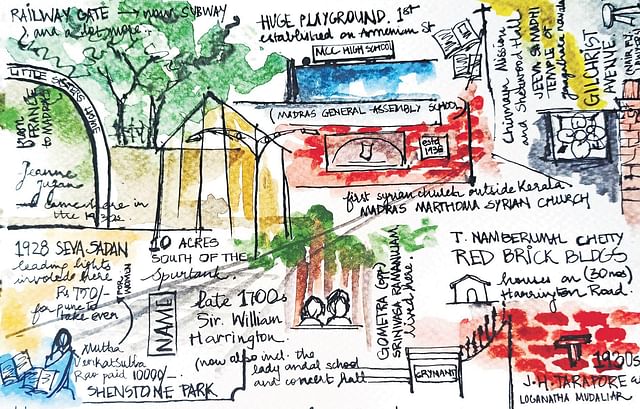
Of people and places
They say it’s the people that make a place. One among the many reputed families that lived in the locality was that of social worker Ammu Swaminadhan’s. Married to renowned lawyer Subburam Swaminadhan, the couple had four children. Gilchrist Avenue, where they resided, gained its name from the Gilchrist scholarship their eldest son, lawyer Govind Swaminadhan, earned to pursue higher education.
The area was also home to some reputed people, who contributed to the city.’s development. One such respected figure was T Namberumal Chetty, a famous building contractor. “Theory goes that he owned many houses in the locality and all were occupied by his family members. There are over 30 houses of his, presently,” pointed out Umashanker. Another eminent person who lived in the locality was JH Tarapore, the co-founder of Tarapore and Co, a well-known construction company.
Closing the session, Umashanker touched upon an important landmark that used to be in place of present-day Prashanth Hospital. It was the Institute of Techno Economic Studies founded by celebrated economist B Natarajan. “ He studied the London passenger transport system which formed the blueprint for the state transport undertaking. This was one of his best contributions. We should never forget his name.”
The area has one of the most active residents association in the city — the Harrington Road Residents Association, who’ve been actively involved in the civic and infrastructural development. “Every place has a story to tell and we’re proud of our area. The road lives on, changing itself,” said Umashanker.
source: http://www.newindianexpress.com / The New Indian Express / Home> Cities>Chennai / by Vaishali Vijaykumar / Express News Service / August 11th, 2021
